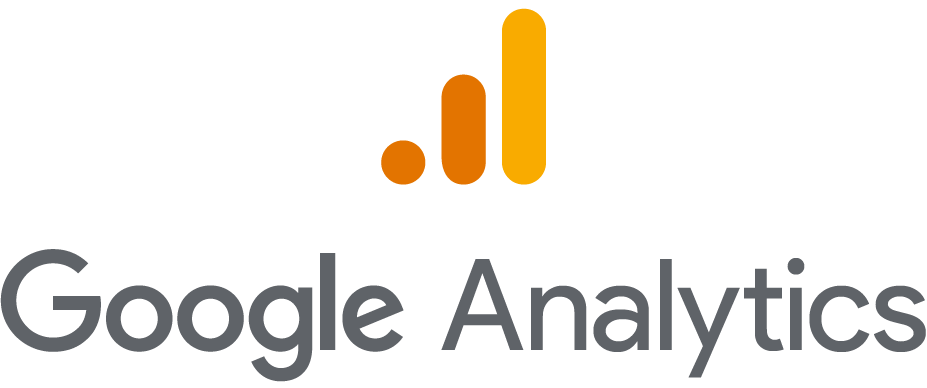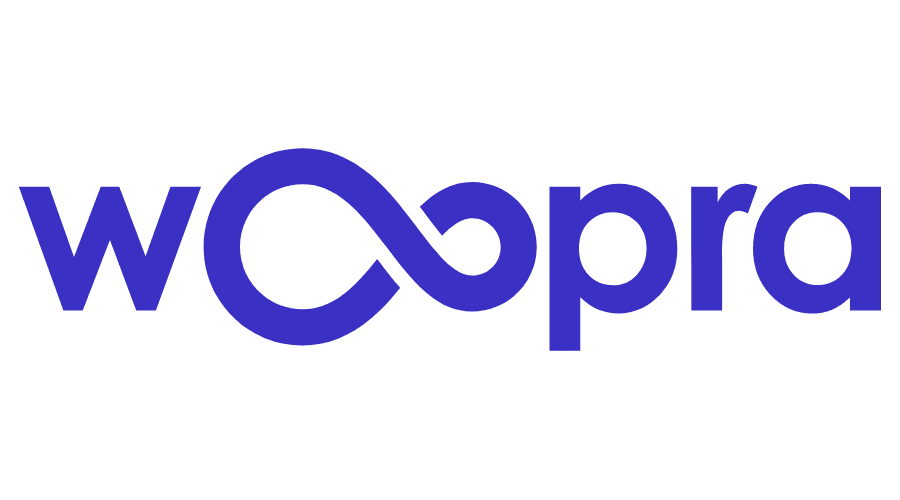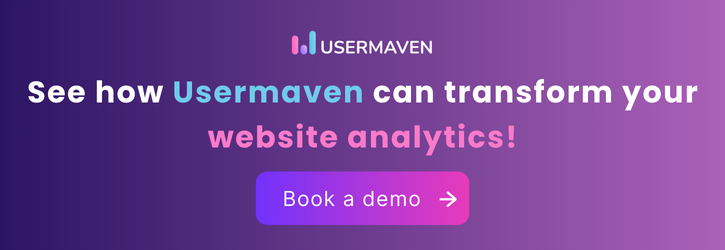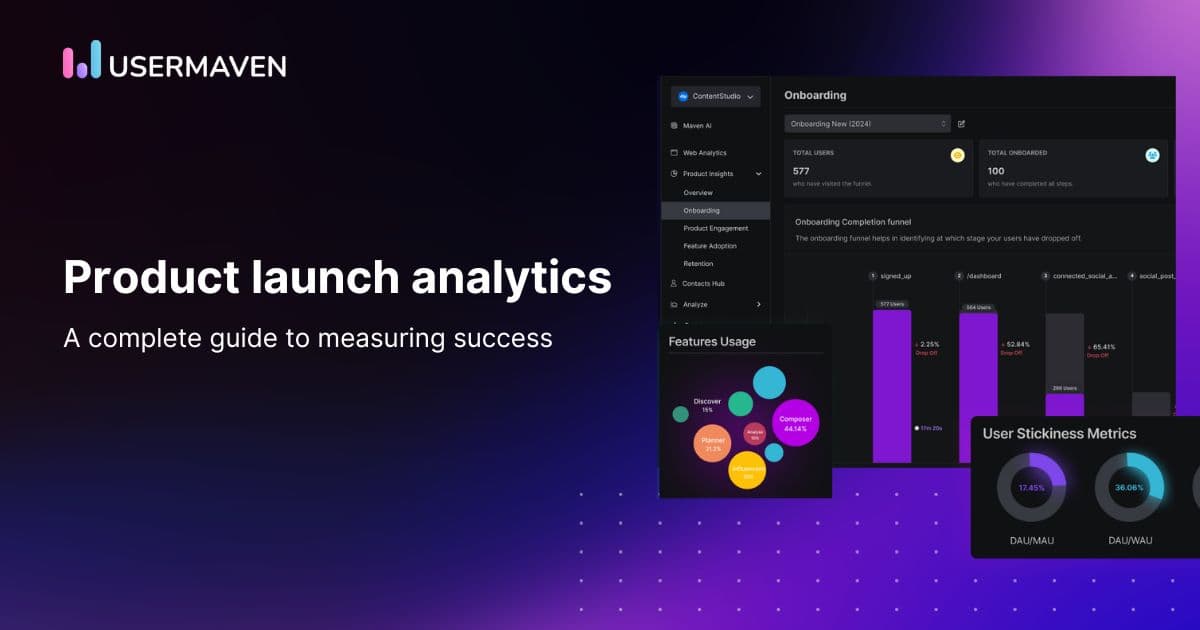Top 11 Matomo alternatives for digital analytics
Aug 28, 2024
8 mins read

While Matomo has been a popular choice for website analytics, many users find it complex, costly, and lacking in advanced features like AI-powered insights and comprehensive retention analysis. As businesses seek more user-friendly and feature-rich options, the need for Matomo alternatives has grown.
This guide explores 11 top alternatives that address these limitations, offering easier setup, affordable pricing, and advanced analytical capabilities. Whether you’re a small business owner or an enterprise-level decision-maker, you’ll find valuable insights to help you choose the right analytics platform for your needs.
Why choose Matomo alternatives?
While Matomo offers a comprehensive set of features and has been a stalwart in the web analytics space, there are several compelling reasons why you might consider exploring alternatives:
1. Complexity and learning curve
Matomo, particularly in its self-hosted version, can present a steep learning curve for beginners. Its vast array of features and customization options, while powerful, can be overwhelming for those new to web analytics.
- Example: A small business owner who just launched their first e-commerce site might find Matomo’s interface and setup process daunting, potentially leading to underutilization of the tool’s capabilities.
- Alternative benefit: Some Matomo alternatives like Usermaven offer more intuitive, user-friendly interfaces that allow for quicker setup and easier interpretation of data.
2. Hosting and maintenance
Self-hosting Matomo requires technical expertise and resources. This includes server setup, regular updates, security management, and troubleshooting.
- Example: A marketing agency managing multiple client websites might find the overhead of maintaining separate Matomo installations for each client time-consuming and resource-intensive.
- Alternative benefit: Cloud-based solutions like Usermaven eliminates the need for self-hosting, reduce the technical burden, and allow users to focus on data analysis rather than infrastructure management.
3. Customization and flexibility
While Matomo offers a high degree of customization, some businesses may require specific features or integrations that are not readily available or easily implemented in Matomo.
- Example: A SaaS company might need deep integration with its customer relationship management (CRM) system, which could be more straightforward with a different analytics platform.
- Alternative benefit: Some Matomo alternatives, like Usermaven, offer more extensive marketplaces for plugins and integrations or APIs that allow for easier custom development.
4. Cost considerations
Depending on your needs, Matomo’s pricing structure might not be the most cost-effective option. While the self-hosted version is free, it comes with hidden costs in terms of time and maintenance resources.
- Example: A growing startup might find that as their traffic increases, the resources required to maintain a self-hosted Matomo installation outweigh the cost savings compared to a scalable, cloud-based alternative.
- Alternative benefit: Many Matomo alternatives offer transparent, scalable pricing models that can be more cost-effective, especially when factoring in the total cost of ownership.
6. Specific feature needs
Certain businesses may require specialized analytics features that Matomo doesn’t provide out of the box, such as advanced e-commerce tracking, multi-channel attribution, or specific types of user behavior analysis. Additionally, businesses needing extensive attribution modeling, AI-driven insights, or detailed retention analysis might find Matomo lacking.
- Example: A growing e-commerce business might require advanced AI insights to understand customer purchase patterns and predict future trends. This level of detailed analysis could be better served by a platform with built-in AI capabilities.
- Alternative benefit: Platforms offering AI-driven insights can provide businesses with deeper, more actionable data, helping them optimize their strategies based on predictive analytics and detailed user behavior trends.
7. Performance and scalability
For high-traffic websites or those experiencing rapid growth, performance and scalability are crucial. While Matomo can handle high volumes of data, some alternatives may offer better performance or easier scalability options.
- Example: A news website experiencing sudden traffic spikes during breaking news events might need an analytics solution that can seamlessly scale to handle millions of concurrent users without lag.
- Alternative benefit: Cloud-based solutions often offer automatic scaling and can handle massive data volumes without requiring manual intervention or infrastructure upgrades.
8. Support and community
The level and quality of support, as well as the size and activity of the user community, can vary among analytics platforms. This can be crucial for troubleshooting, learning best practices, and staying updated on new features and industry trends.
- Example: A non-technical website owner might prefer a solution with 24/7 customer support and an active user forum for quick problem-solving and learning from peers.
- Alternative benefit: Some alternatives offer more comprehensive support options, including dedicated account managers, extensive documentation, and active user communities.

Top 11 Matomo alternatives
Now that we’ve explored the reasons for considering Matomo alternatives, let’s dive deep into 11 top options, examining their features, strengths, and potential limitations.
1. Usermaven

Usermaven is rapidly emerging as the top alternative to Matomo in the analytics space. It offers a privacy-first platform that combines website and product analytics with advanced user behavior insights and conversion optimization tools. If you’re looking for a solution that excels in ease of use, AI-driven insights, and overall functionality, Usermaven is the standout choice.
What makes Usermaven special?
- Website and product analytics, together at last:
See how your website traffic connects to product usage.
Understand your customers’ entire journey in one place.
- Keep tabs on multiple websites:
Track user behavior across all your web properties.
Get a clear view of how your different sites are performing.
- Multi-touch attribution and flexible reporting:
See which marketing efforts are really paying off.
Create reports that show you exactly what you need to know.
- Real-time insights when you need them:
Watch data updates instantly for on-the-spot decisions.
Set up automatic tracking or create custom events.
- Usermaven takes privacy seriously:
Option for cookieless tracking to respect user privacy.
Use custom domains to bypass ad-blockers.
- Meet Maven, your AI assistant:
Like having a data analyst on call 24/7.
Provides insights based on the current data.
- AI-powered insights that make sense:
Get a smart analysis of your attribution, funnels, and user journeys.
Automatically spot patterns and opportunities you might otherwise miss.
- Understand your funnels and user journeys:
See exactly where people drop off in your conversion process.
Visualize how users move through your product.
- Keep all your user data in one place:
Manage your contacts without jumping between tools.
Slice and dice your audience for targeted campaigns.
Best for
Usermaven is ideal for digital marketers who need better campaign insights, product managers focused on optimizing user experiences, and e-commerce businesses striving to boost conversions. It’s also perfect for SaaS companies tracking user engagement and retention, as well as any business that prioritizes user privacy in its analytics.
Pricing
- Pricing plans start at $14/month, scaling based on traffic and feature needs
- Custom enterprise plans available for high-volume users
2. Google Analytics

Google Analytics is a widely used web analytics service offering a comprehensive set of tools for tracking and reporting website traffic.
Key features
- Comprehensive data collection across multiple dimensions
- Advanced reporting and data visualization capabilities
- Integration with other Google services (Ads, Search Console, etc.)
- Machine learning-powered insights and predictions
- Custom event tracking and goal setting
- Multi-channel attribution modeling
Best for
Businesses of all sizes looking for a powerful analytics solution with a vast array of features. Particularly useful for those already using other Google services.
Pricing
- Standard version (GA4) is free
- Google Analytics 360 (enterprise version) starts at $150,000 per year
Limitations
- Privacy concerns due to data being processed by Google
- Can be complex for beginners due to the vast array of features
- Data sampling on high-traffic sites in the free version
- Limited data retention in the free version
3. Piwik PRO

Piwik PRO is a notable analytics platform, especially for organizations focused on privacy and requiring flexible deployment options. While it is a strong contender in the analytics space, it may not fully surpass Matomo in all aspects.
Key features
- GDPR, HIPAA, and CCPA compliant
- Custom reporting and dashboards
- Advanced tag management system
- Customer data platform for unified user profiles
- Consent management for privacy regulation compliance
- On-premises option for complete data control
Best for
Organizations with strict data privacy requirements, especially in regulated industries like healthcare, finance, and government. Also suitable for large enterprises that need granular control over their data.
Pricing
- Core plan (up to 500,000 actions/month) is free.
- Custom pricing for Enterprise plan based on specific needs and scale.
Limitations
- Can be more expensive than some alternatives for larger implementations.
- On-premises version requires significant technical resources to maintain.
4. Adobe Analytics

Part of the Adobe Experience Cloud, Adobe Analytics is a powerful enterprise-level analytics solution known for its depth of features and ability to handle massive amounts of data.
Key features
- Advanced segmentation and customer journey analysis
- Predictive analytics and anomaly detection
- Cross-channel analysis (web, mobile, IoT)
- Real-time data processing and reporting
- Integration with other Adobe Experience Cloud products
- Custom machine learning models
- Advanced attribution modeling
Best for
Large enterprises with complex analytics needs, multiple data sources, and substantial budgets. Particularly well-suited for businesses heavily invested in the Adobe ecosystem.
Pricing
Custom pricing, typically in the enterprise range (often starting at $100,000+ per year)
Limitations
- High cost and complexity may be prohibitive for smaller businesses.
- Steep learning curve requires dedicated resources for implementation and management.
- Full benefit often requires adoption of other Adobe products.
5. Fathom Analytics
Fathom Analytics is a simple, privacy-focused analytics tool that emphasizes ease of use and data protection. Although it excels in simplicity and privacy, Fathom Analytics may not offer the same depth of features or versatility as more comprehensive analytics platforms like Matomo.
Key features
- GDPR, CCPA, and PECR compliant out of the box
- No cookies required, preserving user privacy
- Simple, clean interface with essential metrics
- Unlimited websites and email reports on all plans
- Fast loading times with minimal impact on site performance
- Uptime monitoring included
Best for
Privacy-conscious website owners, bloggers, and small to medium-sized businesses looking for a straightforward analytics solution without compromising user privacy.
Pricing
- Plans start at $15/month
- Custom plans available for high-traffic sites
Limitations
- May lack some advanced features found in more comprehensive tools
- Limited customization options
6. Clicky
Clicky offers real-time web analytics with a focus on usability and detailed visitor information. It provides a good balance between simplicity and in-depth data.
Key features
- Real-time analytics with low latency
- Heatmaps and on-site analytics
- Uptime and server monitoring
- Individual visitor tracking and profiling
- Twitter mention tracking
- Custom event tracking
Best for
Small to medium-sized websites looking for detailed, real-time data without the complexity of enterprise solutions. Particularly useful for content-driven sites and bloggers.
Pricing
- Free plan available for up to 3,000 daily page views
- Paid plans start at $9.99/month, with options for high-traffic sites
Limitations
- Interface may feel dated compared to more modern alternatives
- Some advanced features like heatmaps are only available on higher-tier plans
7. Open Web Analytics
Open Web Analytics (OWA) is a free, open-source web analytics software that you can host on your own server. While OWA offers valuable insights and the freedom to control your data, it may not match the extensive features and user-friendliness of more polished platforms like Matomo.
Key features
- Customizable dashboards and reports
- Heatmaps and click tracking
- E-commerce tracking
- Goal conversion tracking
- User flow analysis
- DOM element tracking
Best for
Technical users are comfortable with self-hosting and customization. Ideal for organizations that require complete control over their analytics data and infrastructure.
Pricing
Free (self-hosted)
Limitations
- Requires technical knowledge to set up and maintain
- Community support may be limited compared to commercial products
- Development and updates may be slower than commercial alternatives
8. Statcounter

Statcounter is a user-friendly web analytics service that provides detailed visitor statistics with a focus on ease of use and clear data presentation.
Key features
- Customizable reports and email alerts
- Path analysis to track visitor journeys
- Returning visitor identification
- Magnify tool for detailed visitor information
- Mobile app for on-the-go analytics
- Configurable public stats option
Best for
Small to medium-sized websites seeking easy-to-understand analytics without a steep learning curve. Particularly suitable for bloggers and small business owners.
Pricing
- Free plan available for up to 500 page views per month
- Paid plans start at $16/month, with options based on page view volume
Limitations
- May lack some advanced features found in enterprise-level solutions
- Limited data retention on lower-tier plans
9. Woopra

Woopra is a customer journey analytics platform that focuses on tracking individual user behavior across multiple channels, providing a unified view of the customer experience.
Key features
- Customer journey mapping and visualization
- Behavioral segmentation and cohort analysis
- Real-time data processing and alerting
- Integrations with CRM, marketing, and support tools
- Automated report generation
- Custom event tracking and funnel analysis
Best for
Businesses focused on understanding and optimizing the customer journey, particularly in SaaS, e-commerce, and subscription-based models.
Pricing
- Free plan available with limited features
- Paid plans start at $999/month for pro features, with custom pricing for enterprise needs
Limitations
- Higher-tier plans are expensive for smaller businesses
- Primary focus on customer journey may not suit all types of websites
10. Hotjar

Hotjar combines analytics with user feedback tools to provide both quantitative data and qualitative insights into user behavior and experience.
Key features
- Heatmaps for clicks, taps, and scrolling behavior
- Session recordings of individual user interactions
- Conversion funnel visualization
- User feedback polls and surveys
- Incoming feedback widget for gathering user opinions
- Recruitment of user testers from your audience
Best for
Businesses looking to combine quantitative data with qualitative user insights. Particularly useful for UX designers, product managers, and marketers focused on optimizing user experience and conversion rates.
Pricing
- Basic plan is free with limited features
- Paid plans start at $32/month, scaling based on pageviews and features needed
Limitations
- Focuses more on user behavior analysis than traditional web analytics
- Higher-tier plans can become expensive for high-traffic websites
- Session recordings and heatmaps can raise privacy concerns if not configured carefully
11. Simple Analytics

Simple Analytics offers a minimalist, privacy-focused approach to web analytics, providing essential metrics without compromising user data.
Key features
- GDPR, CCPA, and PECR compliant by design
- No cookies or personal data collection
- Simple, clean dashboard with essential metrics
- Email reports and API access
- Open source script for transparency
- Custom events tracking
Best for
Privacy-conscious website owners who need basic analytics without complexity. Ideal for bloggers, small businesses, and those in privacy-sensitive industries.
Pricing
- Starts at $10/month for up to 10k page views
- Custom plans available for higher traffic volumes
Limitations
- Limited features compared to more comprehensive analytics tools
- May not be suitable for businesses requiring in-depth data analysis
Why choose Usermaven over Matomo?
| Feature | Usermaven | Matomo |
| Ease of use | Quick and easy setup with no-code event tracking, perfect for non-technical users | Moderate setup complexity, more suited for developers |
| Integration | Seamlessly integrates with popular platforms like Shopify and WordPress, expanding functionality and ease of use | Supports a variety of integrations but may require a more technical setup |
| Support | Dedicated support team and continuous product improvement | Community support with options for premium support packages |
| Event tracking | Automatic, no-code event tracking for effortless implementation and instant insights | Requires custom event setup and goal-tracking configuration. Auto-capture not available |
| Engagement metrics | Detailed metrics: visitors, visit duration, including DAU, MAU, power users, and bounce rate | Standard metrics like pageviews, session duration, and bounce rate |
| Attribution | Advanced multi-touch attribution models, including Content/Channel Attribution, powered by AI | Basic multi-channel attribution modeling |
| AI funnel insights | AI funnel insights that automate and provide detailed analysis of users | No AI funnel insights |
| Feature adoption | In-depth feature adoption analytics to identify which features are most used | No dedicated feature |
| Retention analysis | Comprehensive retention tracking with retention curve | Not available in standard features |
| User journey | Detailed insights into user behavior and interaction pathways | Simple user flow visualization |
| Website metrics | Real-time website analytics with conversion goals tracking, providing up-to-the-minute performance data | Comprehensive analytics but not real-time focused |
| Product analytics | Detailed insights into user behavior and product usage | Limited product analytics capabilities |
| Privacy | GDPR and CCPA compliance with cookieless tracking | GDPR and CCPA comply with consent-free tracking but rely on cookies |
| Ad-blocker bypassing | Pixel-white labeling to bypass ad blockers | Data loss due to ad blockers |
| AI features | Maven AI provides advanced insights offering actionable recommendations | Limited AI capabilities, lacking advanced automated insights |
| Pricing | Affordable with a generous event allowance for businesses of all sizes | Higher-priced plans with more limited data capacity |
Conclusion
By carefully evaluating these factors against the features and limitations of each platform, you can choose the analytics solution that will best help you understand your users, optimize your digital presence, and drive your business forward.
Matomo has long been a respected player in the web analytics space, but Usermaven clearly outshines it in several critical areas. Usermaven’s ease of use, advanced AI-driven insights, and comprehensive analytics make it a more powerful and accessible tool for businesses of all sizes and the best Matomo alternative.

FAQs
1. Is Usermaven more cost-effective than Matomo?
Yes, Usermaven is designed to be affordable with a generous event allowance, making advanced analytics accessible to businesses of all sizes. Matomo, on the other hand, offers higher-priced plans with more limited data capacity, which can be restrictive for growing companies.
2. What makes Usermaven easier to use than Matomo?
Usermaven offers a quick setup with no-code event tracking, making it accessible even to non-technical users. Its intuitive interface allows for easy customization of dashboards and reports, unlike Matomo, which can require a more complex setup and familiarity with open-source plugins.
3. How does Usermaven’s event tracking differ from Matomo’s?
Usermaven provides automatic, no-code event tracking, enabling effortless implementation and instant insights. In contrast, Matomo requires custom event setup and goal-tracking configuration, and it lacks auto-capture functionality, making it more time-consuming to get started.
4. What are the key differences in AI capabilities between Usermaven and Matomo?
Usermaven features Maven AI, which offers advanced insights with actionable recommendations, including AI-powered funnel analysis and attribution. Matomo’s AI capabilities are more limited and do not provide the same level of automated insights.
Try for free
Simple & privacy-friendly analytics tool
Know what's happening at every touchpoint of your users’ journey with AI-powered analytics.


